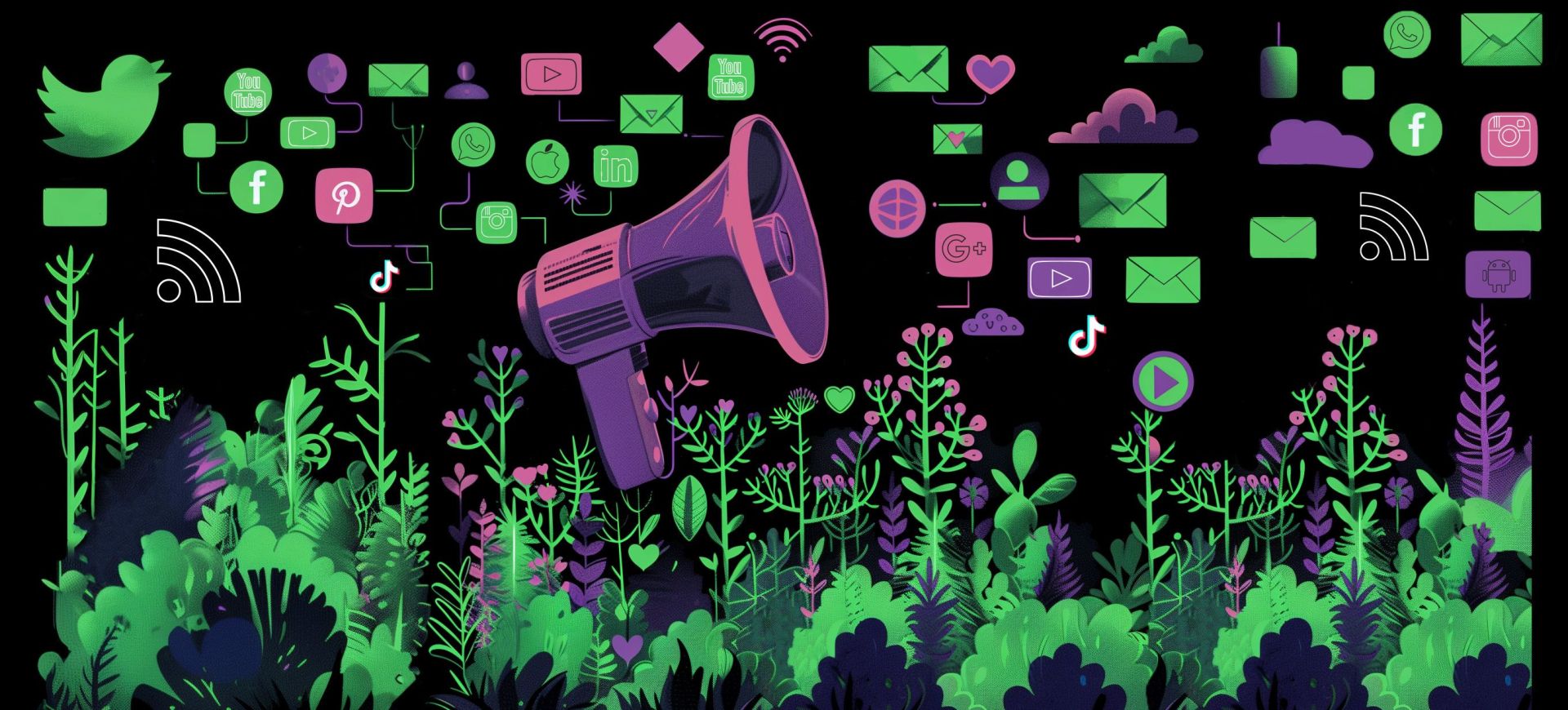9th Jul 2024

9th Jul 2024
Sustainability is more than a buzzword, it's a commitment to reducing your carbon footprint and promoting ethical business practices. A study by Nielsen found that 81% of global consumers feel strongly that companies should help improve the environment. By adopting sustainable practices, you not only contribute to environmental preservation but also align your brand with the values of your audience.
Strategies for Eco-Friendly Digital Marketing
The digital world is powered by data centres, which consume significant amounts of energy. Here are ways to minimise energy use:
Choose Green Hosting Providers: Opt for web hosting services that use renewable energy sources or have carbon offset programs. Companies like Green ISP and Sky Digital are examples of eco-friendly providers.
Optimise Website Performance: Improve your website’s load times and efficiency by compressing images, enabling browser caching, and minimising code. Faster websites consume less energy and provide better user experiences.
Digital waste includes unnecessary data storage and inefficient marketing practices. To reduce it:
Audit Your Email List: Regularly clean your email list to remove inactive subscribers. This reduces the number of emails sent and lowers energy consumption.
Use Data Analytics: Leverage analytics to understand which of your digital content performs the best. Focus on creating high-quality, relevant content instead of producing excessive amounts that add no value.

If your company offers sustainable products or services, highlight these in your marketing campaigns. Showcase your commitment to sustainability by:
Sharing Your Story: Create content that tells the story of your sustainability journey. This can include blog posts, social media updates, and videos. Check out our storytelling in marketing blog post for more tips on this. https://www.storm12.co.uk/blog/the-power-of-storytelling-in-marketing
Certifications and Partnerships: Display certifications such as Fair Trade, Organic, or Energy Star. Partner with environmental organisations to bolster your credibility and back your claims.
While digital marketing reduces the need for physical materials, there are still ways to ensure your digital assets are sustainable:
Eco-Friendly Design: Use design elements that reflect your commitment to sustainability. This includes choosing green colour schemes, nature-inspired imagery, and minimalist designs that reduce digital load.
Digital Events: Host webinars, virtual conferences, and online workshops instead of in-person events. This reduces travel-related carbon emissions and can reach a broader audience.

Despite efforts to avoid it, some carbon emissions are unavoidable.
Carbon Offsetting Programmes: Invest in carbon offset projects such as reforestation, renewable energy, or community-based environmental initiatives. My Carbon Plan and Forest Carbon are some great carbon offset programmes worth checking out.
Eco-Friendly Campaigns: Create marketing campaigns that promote environmental causes. Encourage your audience to participate in eco-friendly activities and share their actions on social media using dedicated hashtags.
Embracing sustainability in your digital marketing efforts not only helps the environment but also strengthens your brand’s reputation and builds trust and even loyalty with your audience. By optimising energy consumption, reducing digital waste, promoting eco-friendly products, utilising sustainable materials, and offsetting carbon emissions, you can create impactful and eco-friendly marketing campaigns that make a difference.
At Storm12, we’re committed to helping you achieve your marketing goals while being mindful of our planet.
To learn more abouts our marketing and other services, click here.